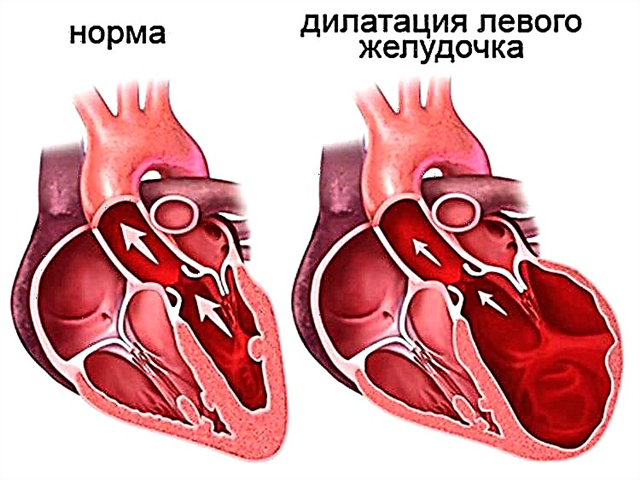It is not difficult to decipher a cardiogram with a sinus rhythm, because a regular heartbeat indicates the correct functioning of the organ and its conducting system. This conclusion also testifies to the correct localization of the pacemaker and the absence of ectopic foci of excitation.
What is it and how does it arise
The heart muscle, unlike other muscles of the body, has special properties: automatism, excitability, contractility, conductivity and refractoriness. The first is the ability of the myocardium to rhythmically contract under the influence of impulses generated by pacemaker cells (form a conducting system that coordinates the clarity of heart contractions).
The conducting system of the heart consists of several links - sinoatrial and atrioventricular nodes, bundle of His and Purkinje fibers. Each element is made up of a group of special nerve cells, performs its own task and makes a certain part of the heart muscle contract.
Normally, the heart cycle begins from the sinus node, which is located in the upper part of the right atrium. Its impulses cause a simultaneous contraction of the left and right ventricles. Further, the charge moves to the atrioventricular node located in the interatrial septum, and is retained there. This pause helps to alternately contract, first the atria, and then - the ventricles. After that, the impulse moves along the bundle of His and Purkinje fibers, causing the ventricles to contract.
The sinoatrial node is a first-order pacemaker that controls the transmission of impulses along the pathways with a heart rate of 60-80 beats / min. Heart rate more than 90 beats / min. is called sinus tachycardia, and less than 51 is called sinus bradycardia.
To determine the sinus rhythm on the cardiogram of the heart, pay attention to the following criteria:
- P wave is positive in I, II and aVF-leads;
- the P wave is always in front of each QRS complex;
- distance PQ is 0.12-0.2 sec .;
- P wave with the same shape in all leads;
- the P-P interval is always the same and is equal to the R-R interval;
- Heart rate 51-90 beats / min.
What does the conclusion "sinus heart rate" say?
If in the ECG output the doctor wrote: “The sinus rhythm is correct, heart rate is 75 beats / min., The EOS is in a normal position,” then there is nothing to worry about - the heart is in order. Sometimes sinus tachy or bradycardia is indicated. Tachycardia manifests itself in healthy people during emotional stress, physical exertion, so it is important to record an ECG at rest. In addition, a rapid heart rate occurs in pregnant women, since their volume of circulating blood to the heart increases, and for this the organ works at a faster pace. Bradycardia is diagnosed in people who exercise regularly and while sleeping.
When rhythm disturbances are detected on the cardiogram, the patient consults with a doctor. After all such signs in combination with other symptoms indicate the manifestation of such cardiac diseases:
- heart valve lesions (endocarditis);
- cardiomyopathy, myocarditis;
- congenital and acquired heart defects.
A frequent manifestation of rhythm disturbances is arrhythmia. Kinds:
- atrial or ventricular premature beats;
- atrial fibrillation;
- ventricular tachycardia;
- ventricular fibrillation;
- dysfunction of the sinus node.
Sinus tachycardia is a symptom of other, non-cardiac diseases:
- infectious diseases (with an increase in body temperature, an increase in heart rate occurs);
- endocrine disorders (hyperthyroidism, adrenal glands malfunction);
- pathology of the nervous system.
To clarify the diagnosis or exclude pathologies, they are additionally examined and consulted with related doctors. Do a complete blood count, biochemistry, Holter ECG monitoring, echocardiography, are examined by a neurologist, endocrinologist.
Conclusions
Sinus rhythm is a sign that the heart and its conduction system are working properly. The abnormalities detected on the ECG do not always indicate a disease. They are a variant of the age norm or arise temporarily under the influence of the environment or internal processes.
Not all rhythm disturbances require urgent intervention and therapy. Some changes go away on their own after the normalization of the nervous system, hormonal levels, while others are prescribed drug treatment or even surgery (radio wave ablation or the installation of an artificial pacemaker).



